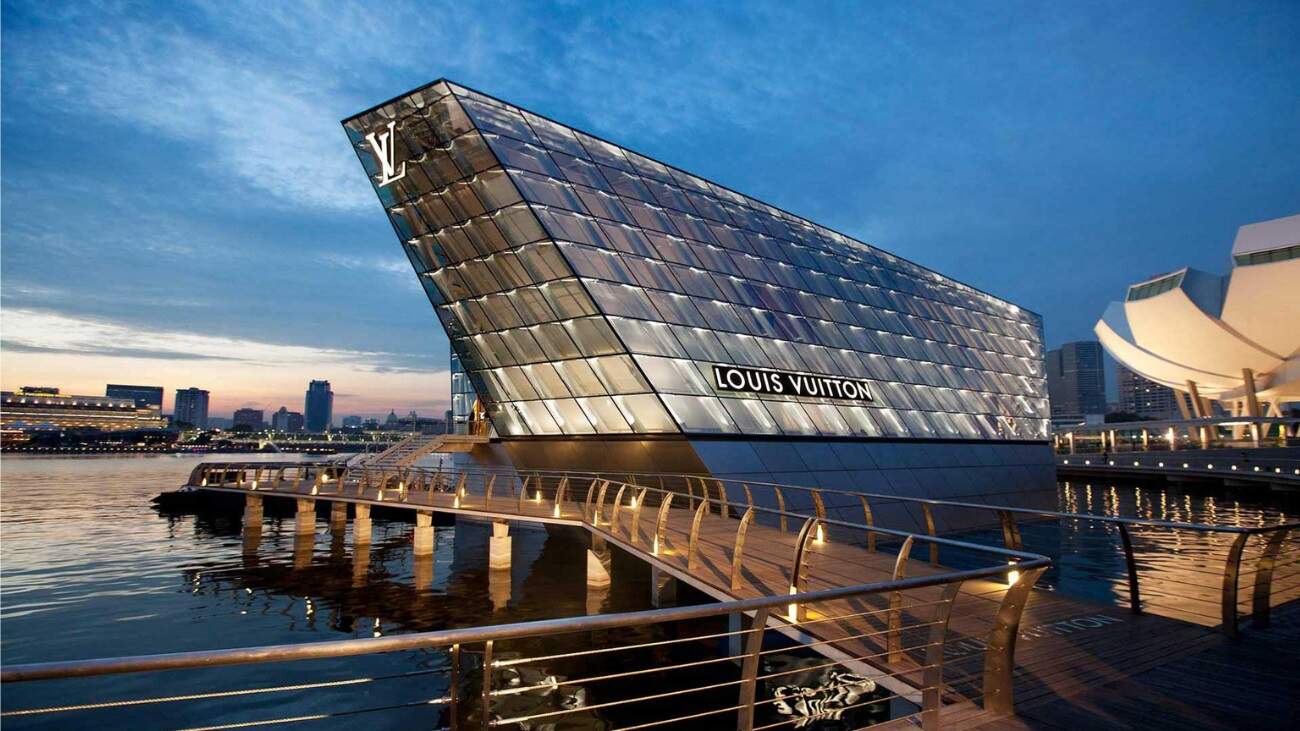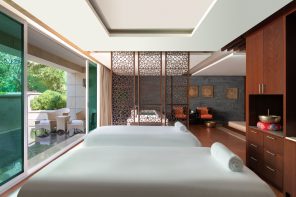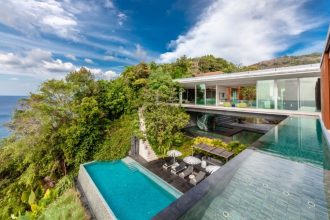Southeast Asia has long been regarded as a backpacker’s paradise. The low cost of living, beautiful beaches, and generally welcoming people have long attracted Westerners to the region. However, a significant shift has been going on in the past few years, making Southeast Asia a growing market for the luxury industry.
Revenue for luxury goods and experiences is expected to reach USD 16B in the region by the end of 2024, which makes up 4.3% of the global market. While this may seem like a modest number for a worldwide market share, it has grown significantly from the previous years.
While China and Japan struggle to gain leverage, the luxury market in Southeast Asian countries such as Singapore and Thailand is growing, with Malaysia, Indonesia, and the Philippines catching up.
So, what explains this rapid growth in the luxury market in Southeast Asia? Let’s divulge the multiple factors that led to this rise.
Related article: The 5 Most Expensive Cities in Asia
Four Factors That Led to the Rising Market for Luxury in Southeast Asia
Here are four factors that explain why and how Southeast Asia has become a significant market in the luxury industry, as well as why predictions show continued growth in the region:
1. Rising Middle Class
A report from 2020 found that there are over 200 million people in the region who belong to the middle class. This number is 9% higher than the previous year, which shows that even during the pandemic, the middle class in the region was growing. And more income means more spending power, leading to an increase in the demand for luxury goods.
Families and individuals are no longer in the survival mode and the demand for goods and services that go beyond the necessity increases with the region’s growing incomes.
2. Dynamic Retail Scene in SEA Countries
Designer and luxury brands have long been staples in many of the region’s high-end malls. However, in recent years, shopping centers in the area have elevated the complete shopping experience by building establishments that cater exclusively to luxury shoppers.
Retail centers such as the Iconsiam and the Siam Paragon in Thailand only carry luxury names and brands, with local consumers being the bulk shoppers. In Malaysia, TRX and Pavilion are similar retail scenes that offer the same atmosphere, attracting locals and tourists alike.
3. Engagement of Luxury Brands with Local Culture
To reach the local high-end market, luxury brands from both the conventional and those considered as quiet luxury, have started engaging with influencers who represent specific positive values in their brand. They’ve collaborated with fashion influencers, chefs, and visual artists to boost brand awareness.
Some of these have included brand collaboration with Singapore’s Yoyo Cao, Win Metawin of Thailand (Prada’s first Thai brand ambassador), and the Philippines’ Bretman Rock, who was the ambassador for Beyonce’s Cecred range of products.
4. Soft Power of Southeast Asian Entertainment Industry
Aside from collaborations in influencer culture, luxury brands, from top fashion houses, jewelry brands, and fragrances have also done brand campaigns with celebrities that have become fixtures in fashion weeks worldwide. Thailand’s Bright Vachierawit Chivaaree, a brand ambassador for Burberry, is a staple at front row seats in fashion shows, as well as the Philippines’ Heart Evangelista, an actress and fashion influencer.
The region’s entertainment industry, which includes Blackpink’s Thai member, Lisa, has also become a significant magnet for luxury brands that aim to attract the Southeast Asian market.
These strategies have been targeted towards a youthful and digitally-driven consumer base with spending power and are often swayed by influencers. Spending much of their time online and on social media, luxury brands continue to engage with this young community through celebrities and influencers, appealing to the consumer senses of this consumer base.
Conclusion
Fine hotels and resorts have long lined the gorgeous beaches of Southeast Asia’s islands and destinations. While luxury vacations have put the region on the map for luxury destinations, the growing market for the high-end industry continues to rise.
With more spending power, the GenZ population being more attuned to global trends, and the potential of social praise and recognition when aligning with luxury brands, it’s safe to say that revenue projections are soon to be achieved with this trajectory.
Explore Southeast Asia’s luxury offerings outside of the private villas rentals and hotels and discover the luxury lifestyle the region’s younger generations are enjoying and continuing to indulge in.
Related articles: Rising Locations for Upscale Resort Real Estate in Southeast Asia
–
Featured Image by Daxue Consulting














